Silla Arts and Science Museum (신라역사과학관)
9.8Km 2025-06-12
33 Hadonggongyechon-gil, Gyeongju-si, Gyeongsangbuk-do
+82-54-745-4998
Silla Arts and Science Museum, opened in 1988, displays miniature models of scientific cultural assets in order to explore and educate how these assets are formed and preserved.
Surime (수리뫼 [한국전통음식체험교육원])
9.8Km 2021-01-28
110-32, Poseok-ro, Gyeongju-si, Gyeongsangbuk-do
+82-54-748-2507
Surime is a traditional Korean food experience center owned and operated by Park Mi-suk who studied under Hwang Hye-seong, holder of the Intangible Cultural Property No. 38, Royal Cuisine of the Joseon Dynasty. The institute operates various traditional cooking experience programs open to everyone. The institute shares the walls of the Choi family home, designated as a cultural asset, spanning over 1,652.89 ㎡ with well-preserved hanok structures built over 100 years ago.
Gyongju Folk Craft Village (경주민속공예촌)
9.9Km 2025-06-12
230 Bobul-ro, Gyeongju-si, Gyeongsangbuk-do
Gyeongju Folk Craft Village, nestled at the foot of Tohamsan Mountain in Gyeongju, is a traditional folk craft village consisting of around fourty Korean traditional houses including thatched-roof and tiled-roof houses. Skilled artisans proficient in traditional arts and crafts gather here to produce and sell ceramics, woodcrafts, jewelry, hanbok, stone crafts, and more. Visitors can also participate in hands-on crafting experiences. The village's Silla Art and Science Museum showcases artifacts from the Silla dynasty, while nearby attractions include the Bomun Tourist Complex, Bulguksa Temple, and Seokguram Grotto.
Yongsan Sashimi Restaurant (용산회식당)
9.9Km 2024-03-04
112 Poseok-ro, Naenam-myeon, Gyeongju-si, Gyeongsangbuk-do
054-748-2119
Situated near Cheollyongsa Temple in Gyeongju, Yongsan Hoe Restaurant is exclusively dedicated to hoedeopbap (raw fish bibimbap). Customers are served a generous portion of hoe (raw fish) over rice in a large brass bowl. The topping's hoe is freshly mixed with the catch of the day, varying seasonally with options like herring, grey mullet, gizzard shad, and plaice, all sourced from Guryongpo Port in Pohang. Due to its popularity, there is often a waiting line, so obtaining a numbered ticket to queue is recommended.
Daldongnae of Olden Times (추억의 달동네)
10.0Km 2025-05-23
216-8 Bobul-ro, Gyeongju-si, Gyeongsangbuk-do
The Daldongnae of Olden Times is a modern history theme park that recreates everyday life in Korea during the 1970s-80s, through a variety of vintage products. Visitors can get a glimpse into Korean retro culture as they explore old radios, vintage-style electronic shops and alley shops, and classrooms from that era. The museum also offers retro school uniform rentals and a dalgona experience, allowing visitors to step back into the past.
GyeongjuCheonnyeonhanok Pension (경주천년한옥펜션)
10.1Km 2024-08-01
86-61 , Sidong-ro, Gyeongju-si, Gyeongsangbuk-do
+82-10-9898-3995
Cheonnyeon Hanok Pension in Gyeongju, Gyeongsangbuk-do, is a modern two-storey hanok built of pinewood and red clay, and equipped with geothermal heating and double doors to keep out drafts. Rooms have individual toilets and cooking facilities, and there is a spacious yard where children can play and grown-ups can experience folk games such as Tuho and Jegichagi. There are fine views of Joyang Reservoir and Tohamsan Mountain, and an inviting pine forest trail next to the house. Nearby tourist attractions include Seokguram Grotto and Bulguksa Temple.
Cheonggong (청공한옥)
10.6Km 2024-12-19
5-6 , Igu 2-gil, Gyeongju-si, Gyeongsangbuk-do
+82-10-9009-6022
Cheonggong hanok stay is just 10-minutes’ walk from Gyeongju Bulguksa Station, on the Donghae Line, in Gyeongsangbuk-do. A traditional hanok built of timber and red clay bricks, this is a quiet and restful place. In the yard, visitors will find pine and other trees, garden plants and strangely-shaped rocks expressing harmony with each other, while beautiful flowers nestle in the field in front of the house. Each guestroom has a bathroom with toilet.
GUTORAN (구토란펜션)
10.8Km 2024-08-01
17-25 , Gwigye-gil, Gyeongju-si, Gyeongsangbuk-do
+82-54-746-4847, +82-10-3520-9576
Gutoran is a hanok pension in Naenam-Myeon, Gyeongju, Gyeongsangbuk-do, owned by a ceramic artist who has hand-painted and decorated the house with his own roof tiles and pottery. In front of the house is a garden and lotus pond, also decorated with ceramic works. Nearby is the owners’ pottery workshop called (‘Gutoranyo’) where visitors can take part in ceramic classes.
Cheongjae Hanok (청재한옥)
11.0Km 2025-03-24
163 Bulguk-ro, Gyeongju-si, Gyeongsangbuk-do
A cozy hanok accommodation in Gyeongju, Cheongjae Hanok is recommended to guests who seek to relax in a hanok nestled in a pine forest. Breakfast is offered upon advance request, and the building is equipped with a spacious parking space.
Kolon Hotel Gyeongju (코오롱호텔)
11.6Km 2021-04-15
289-17, Bulguk-ro, Gyeongju-si, Gyeongsangbuk-do
+82-54-746-9001
Kolon Hotel Gyeongju is located in front of Bulguksa Temple, one of the world’s top ten historic sites. The building features arch-shaped fortress wall with spacious areas, designed with both traditional and modern elements. As a recuperation hotel, it houses a spa using sodium bicarbonate water, and a 9-hole public golf course. It offers a cozy ambience and sincere service with varied facilities including pleasant guestrooms viewing the sunrise of Tohamsan Mountain, sports facilities for golf, swimming, jogging and spas. It is the only premium-class hotel in Gyeongju to have hot spring spa facilities. The lobby on the third floor is famous for the lounge where people can enjoy the panoramic scenery of Tohamsan Mountain while relaxing, as well as a coffee shop serving various drinks and a luncheon over live music.

![Surime (수리뫼 [한국전통음식체험교육원])](http://tong.visitkorea.or.kr/cms/resource/98/1967598_image2_1.jpg)
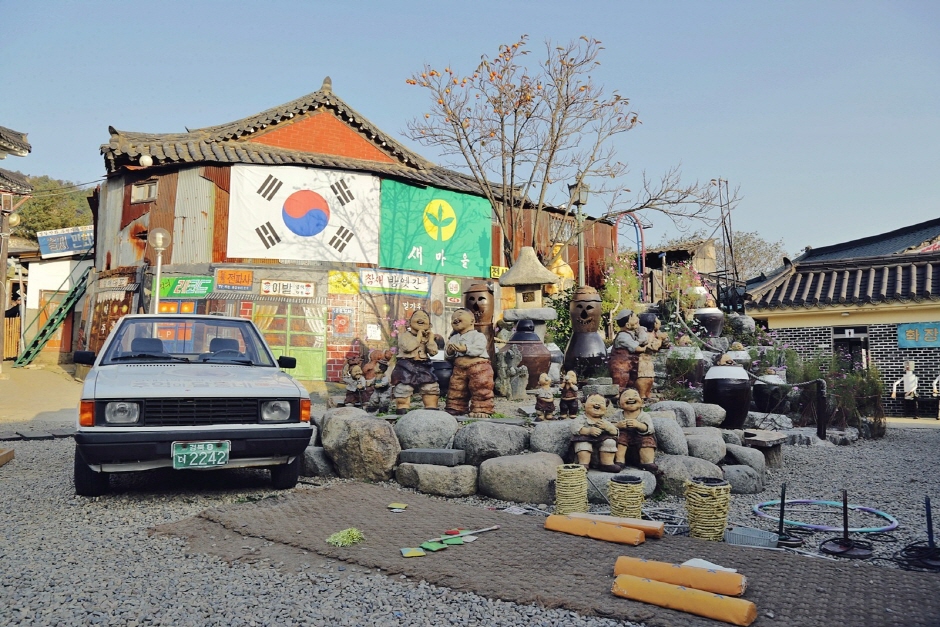
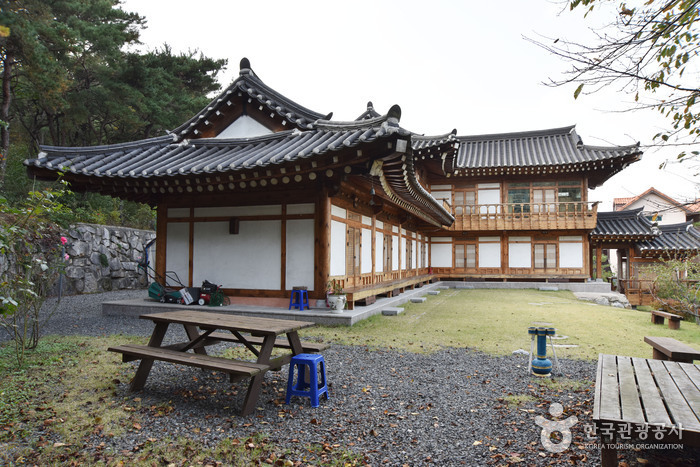
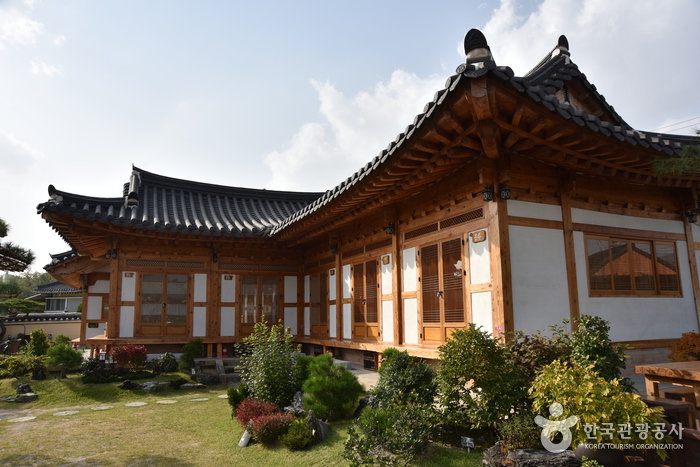
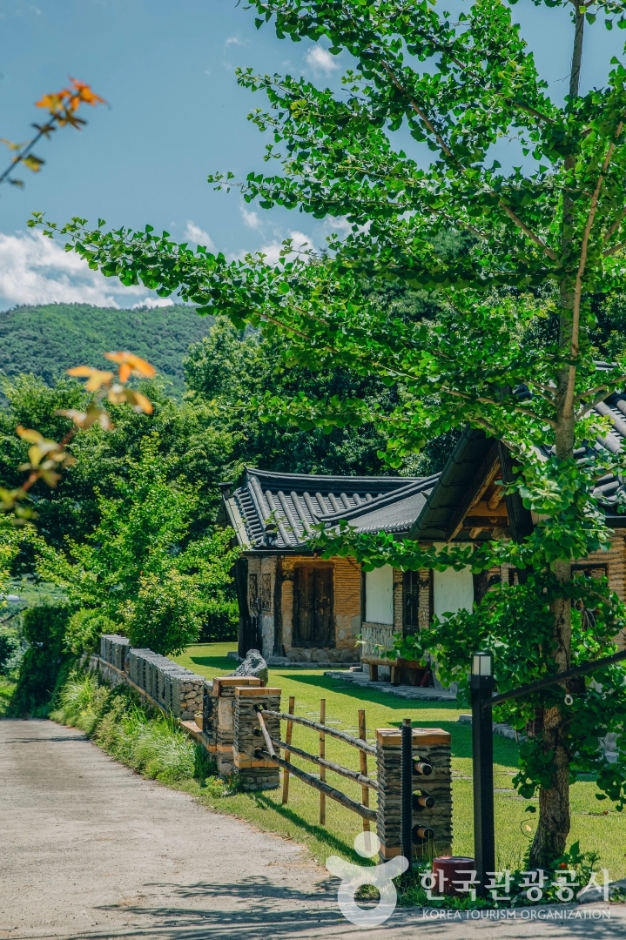
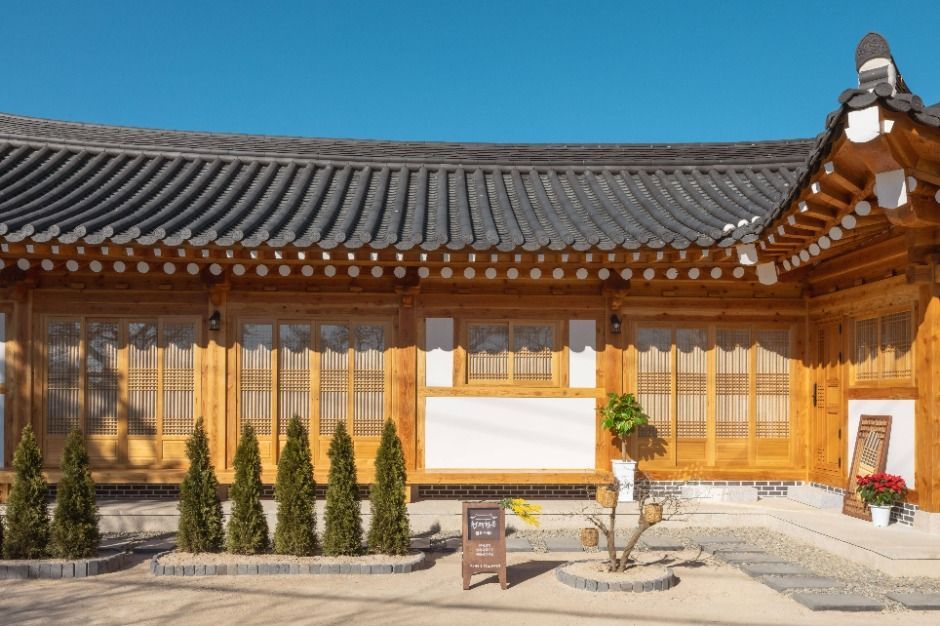
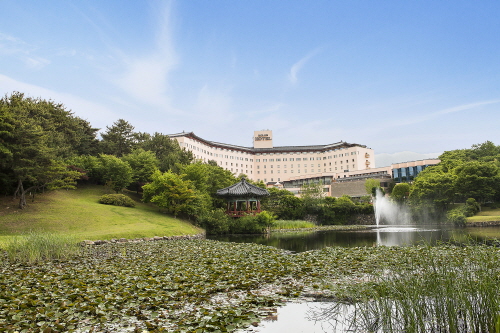
 English
English
 한국어
한국어 日本語
日本語 中文(简体)
中文(简体) Deutsch
Deutsch Français
Français Español
Español Русский
Русский